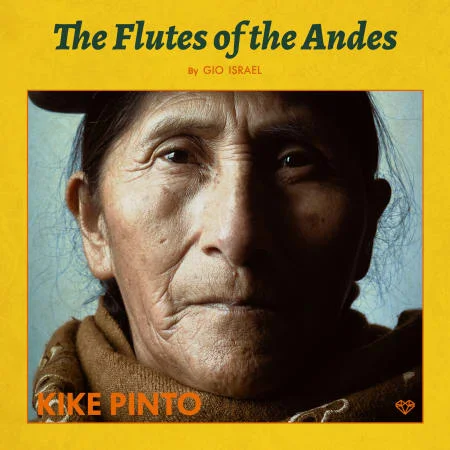Discover the Quena: A Traditional Andean Wind Instrument
The hauntingly beautiful melodies of South American flutes have resonated across the globe, captivating audiences with their unique sound. Among these, the quena stands out as an iconic symbol of Andean music. This traditional wind instrument, deeply rooted in the history of the Andean region, carries centuries of cultural heritage within its notes. In this article, we delve into the origins and significance of the quena while spotlighting the remarkable work of Peruvian musician Quique Pinto, a true guardian of indigenous musical traditions.
The Quena: A Symbol of Andean Heritage
For generations, the indigenous peoples of the Andes have used the quena to express their emotions, stories, and spiritual beliefs. Crafted traditionally from bamboo or wood, this flute produces a soulful, melancholic tone that echoes the rugged landscapes of the Andean highlands. More than just a musical tool, the quena represents cultural identity, serving as a bridge between past and present. Its enchanting sound continues to mesmerize listeners worldwide, preserving the essence of Andean traditions.
The history of this instrument dates back to pre-Columbian times, where it played a vital role in rituals and ceremonies. Today, it remains a cherished element of South American folk music, often heard in festivals and performances that celebrate the region’s rich heritage.
Quique Pinto: Ambassador of Peruvian Music
One of the most prominent figures in promoting Andean music is the talented Peruvian maestro Quique Pinto. Born in the Andes, Pinto later relocated to Lima as a child. His passion for music led him on a lifelong journey through the Andes and Amazon, where he immersed himself in the study of local instruments, vocal styles, and ancient melodies. Through his travels, he amassed an impressive collection of authentic flutes and other regional instruments, becoming a custodian of Peru’s musical legacy.
Pinto’s dedication to preserving and innovating within the realm of indigenous music has earned him recognition as a cultural ambassador. His compositions blend traditional sounds with contemporary influences, breathing new life into age-old melodies. By sharing his music with the world, he ensures that the spirit of the Andes continues to inspire future generations.
Why the Quena Resonates Today
The quena’s appeal lies in its simplicity and emotional depth. Its sound transcends language barriers, connecting people through shared feelings of nostalgia and wonder. Whether played in a small village gathering or on an international stage, this traditional wind instrument carries the heartbeat of the Andean people.
If you’re intrigued by the magic of Andean music, exploring the works of artists like Quique Pinto is a great starting point. Their contributions not only honor the past but also pave the way for the continued appreciation of South American cultural treasures.
Final Thoughts
The quena is more than just a flute; it is a testament to the enduring spirit of the Andean peoples. As we listen to its melodies, we are reminded of the power of music to preserve history and unite cultures. With ambassadors like Quique Pinto championing this art form, the legacy of the quena and Andean music will undoubtedly thrive for years to come.


